The acclaimed animated series, Courage the Cowardly Dog, showcases the life of a faint-hearted, pink canine character named Courage who struggles with chronic paranoia. His owners are an ageing couple, Eustace and Muriel, who reside on a peculiar farm brimming with unconventional adversaries. Despite his perpetual fear, Courage is compelled to defend his owners from the phantasmagorical spirits that dwell on their farmland. Muriel, in her endearing nature, harbours a deep love for Courage, whereas Eustace derives delight from taunting and scaring him.

The inaugural episode of this captivating show aired on 18 February 1996, and the series concluded on 22 November 2002. Nonetheless, even in 2021, the ingenious wit, surrealism, and the deep-seated affection for the character of Courage still continue to surprise and charm audiences. After all, Courage, in his helpless innocence, deserves all the love we can extend.
Courage the Cowardly Dog is an inter-generational phenomenon. It was a show that our baby boomer parents watched alongside their Gen X and Millennial children, and it seems poised to make a comeback with the Gen Z crowd who will likely be crafting TikToks about it soon.
Courage’s character is perpetually afraid, always perceiving threats to his family and striving relentlessly to ensure their safety while battling his internal fears. It’s comparable to Black Mirror, albeit tailored for a younger audience, say, 9-year-olds. Perhaps this is a key insight into the peculiarities of our own upbringing!
Let’s delve a bit into the conspiracy theories that might unravel the innocence of your childhood memories. Of all the theories surrounding Courage The Cowardly Dog, the most plausible one, in my opinion, involves the perception of fear.
During the show’s introductory sequence, we observe Eustace, Courage’s owner, becoming increasingly agitated and furious with the dog. Consequently, Eustace’s visage mutates into a grotesque green goblin-esque entity in Courage’s eyes. This substantiates the idea that Courage visualises anyone he deems intimidating as a monstrous figure. Although Eustace is typically a benign figure in Courage’s life, the old man’s anger triggers a horrific transformation in the dog’s mind.
One should bear in mind that Courage is merely a small dog who was abandoned as a pup and later adopted by the elderly couple. As a petite canine, Courage’s perspective of the world is vastly different. Everything, to him, appears more intimidating and ominous. A shadow might emulate a menacing creature, a strange appliance could seem threatening, or a new object’s odd shape could appear as though it’s poised to attack.
Consider Eustace, for example. Generally, Courage is comfortable around him. However, Eustace is an aged man with a propensity for anger. When Eustace’s temper flares, Courage perceives this transformation as monstrous. While Eustace occasionally indulges in teasing Courage, the dog struggles to differentiate between playful jest and genuine threat.

This unique perception also extends to the villains Courage encounters. They are, in essence, just ordinary people; however, viewed through Courage’s lens of terror, they become grotesque creatures. Despite their exaggerated features, like a colossal ear or gigantic teeth, all of them retain some human-like attributes. This suggests that these ‘villains’ are normal individuals, with Courage fixating and exaggerating specific features. This is why Eustace and Muriel are unfazed by the villains—they recognise them as regular people.
Take the Stitch Sisters, for instance. They were merely twins, a fact lost on Courage. If you’ve ever interacted with dogs, you’ll understand their instinctual need to protect their owners when strangers get too close. Courage embodies this trait perfectly. His primary focus is always on safeguarding Muriel and Eustace.
The setting of the show is intriguing—it’s based in a place called Nowhere, Kansas. However, the interpretation of ‘nowhere’ is largely from Courage’s perspective. Because his elderly owners seldom take him outside, or at least not beyond their property, Courage’s worldview is quite limited. Consequently, he perceives his surroundings as being in the middle of nowhere.
Imagine if the only world you knew was confined to your yard. Anything foreign intruding into your space could be immensely unsettling. This could potentially explain why Courage perceives ordinary objects and people as monstrous threats.
Therefore, the concept of ‘nowhere’ in the show is rather metaphorical—it’s not that they are literally in the middle of nowhere, but rather that Courage’s limited exposure has made him believe so. His world is restricted to what he can see within his yard. Naturally, anything unfamiliar that enters his space could be deeply disturbing and difficult to comprehend.
Hence, the show is not only a delightful spectacle of imagination and creativity but also a deeper exploration of a dog’s worldview. The series captures Courage’s innocent perception, moulded by his limited experiences, and turns them into a whimsical, albeit often frightening, narrative.
So, the next time you decide to take a trip down memory lane and revisit Courage The Cowardly Dog, perhaps you will view it with a new understanding, appreciating the richness of its narrative and the profundity of its themes.


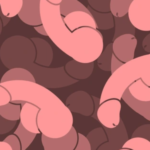







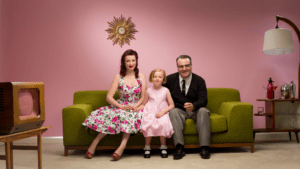





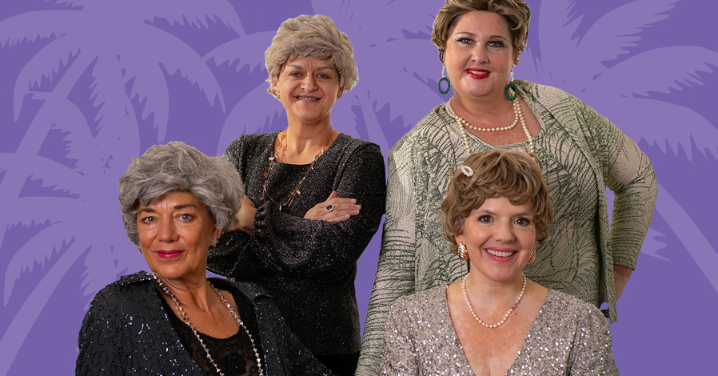
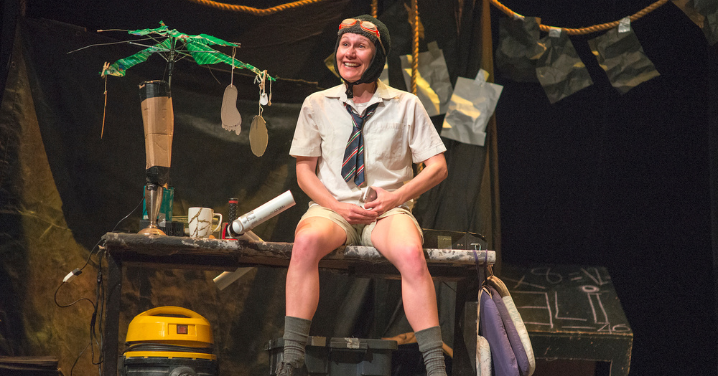

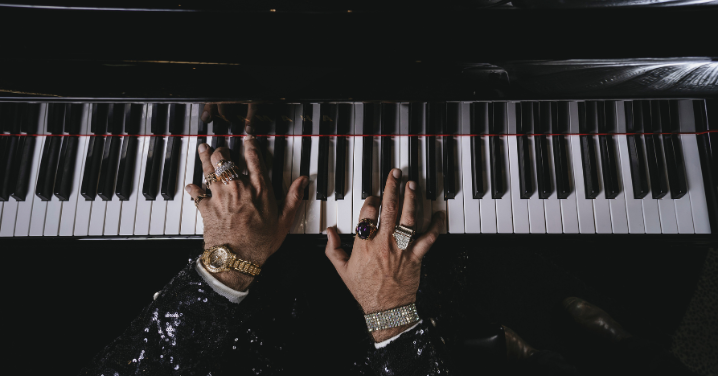
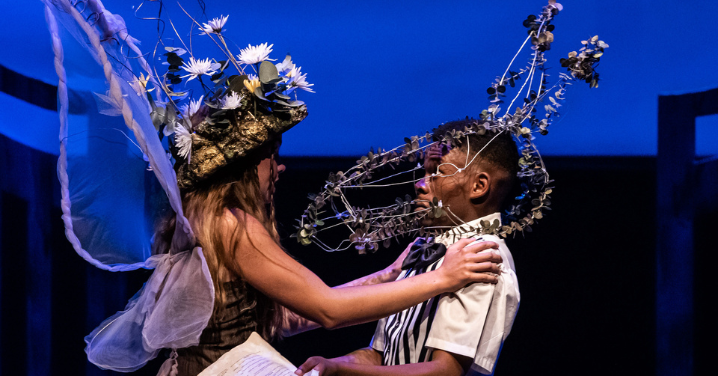

[…] with our nieces and nephews. But now, as with my previous editions of Running your childhood with Courage the Cowardly Dog and Mort, Let’s discuss The Fairly OddParents and let me introduce you a more sinister darker […]